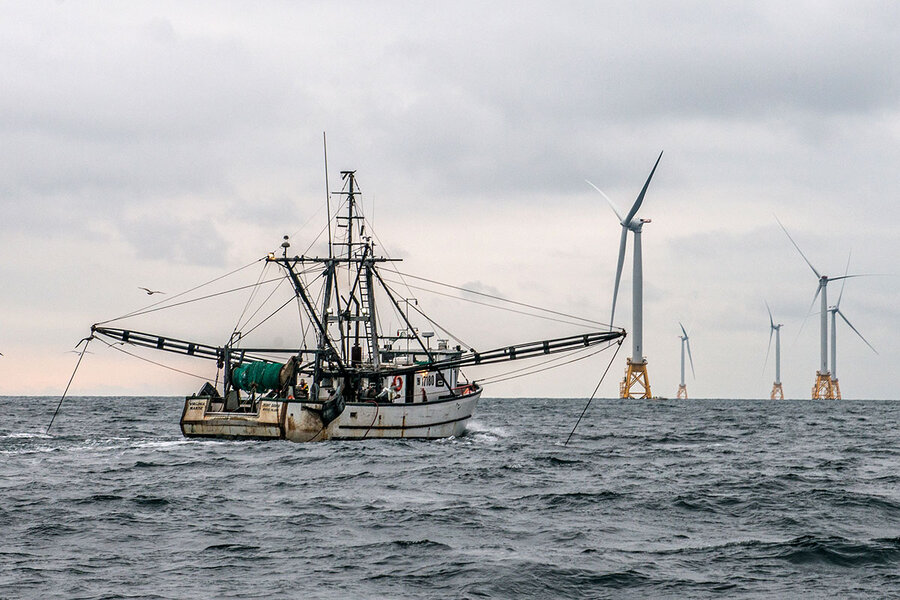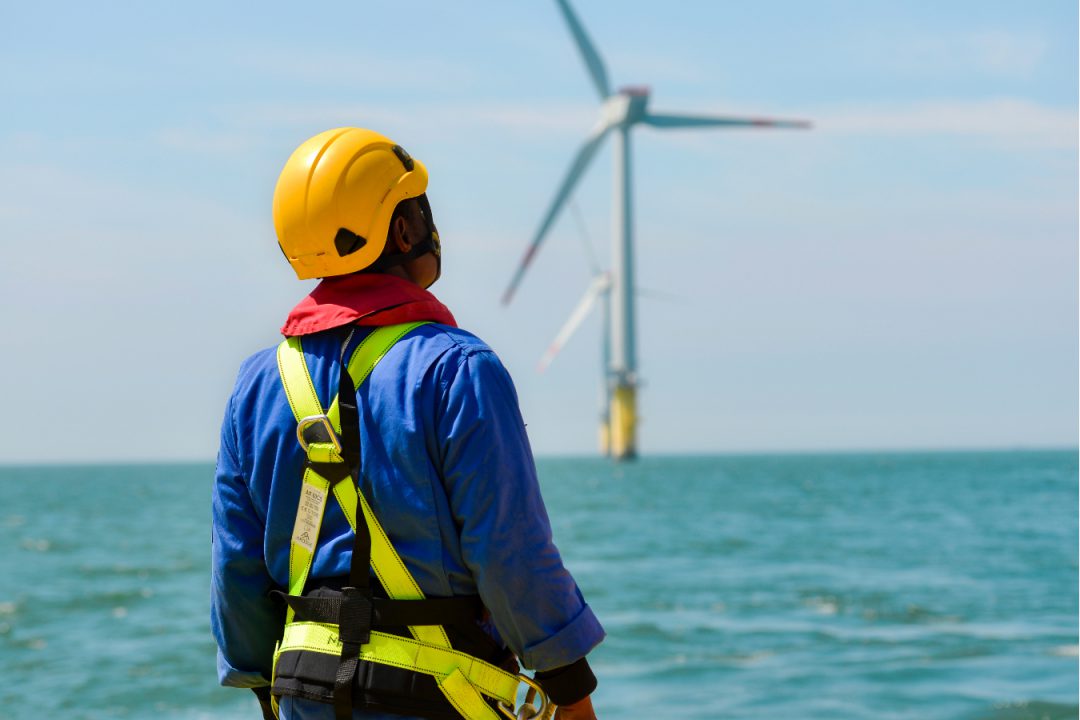U.S. offshore wind offers a new and powerful opportunity for communities to benefit from the industry’s success — unlike in past industrial buildouts when marginalized communities have been negatively impacted. With leadership and collaboration from industry, policymakers, and communities, offshore wind energy can deliver local protections, drive resiliency and public health benefits, and become a sustainable and equitable part of the U.S. economy.

Collaboration throughout the process
Local community input — at every phase of a project — is essential for successful offshore wind development. An inclusive, people-centered approach provides communities with a seat at the table to make offshore wind work for their needs. Transparent processes, consultation with Tribal nations, robust engagement with host and underserved communities, and easy access to information help ensure meaningful public participation, and can build deeper public support for the projects. Ongoing dialogue with ocean users like the fishing industry can also help minimize potential conflicts and has led to changes in project designs, locally-focused investments, and compensation agreements.
Locally-defined benefits and protections
Agreements between local communities and offshore wind developers can help to address potential impacts from project and port development, as well as maximize local benefits over the life of an offshore wind project. For example, Community Benefit Agreements tailored to address local needs can ensure guarantees for local hiring, labor standards, workforce development programs, and other community investments.

